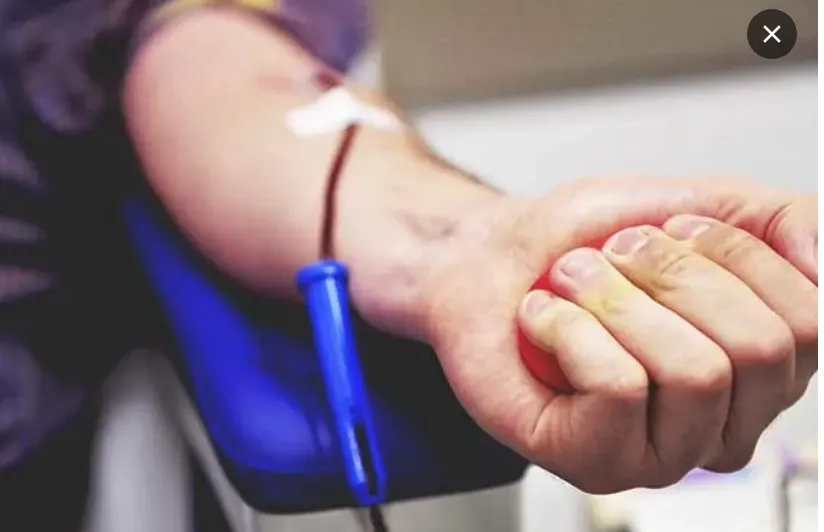Some research studies suggest that men who donate blood are less likely than most to have severe heart disease. The thinking goes that too much iron in your circulation can cause damage to blood vessels, and you can limit this damage by reducing the level of iron in your body by donating blood.
While this effect is particularly true for people with hereditary haemochromatosis (who need to have iron removed regularly), it may also apply to men more generally.
If you’re menstruating, you’re unlikely to have excess iron, so it won’t be the case for you. You’re actually at lower risk of heart disease anyway. In fact, you may need to top yourself up with an iron supplement.
Either way, keeping an eye on your haemoglobin levels at each blood donation can help keep your iron on the right track.
In other news about cardiovascular health, some studies suggest that regular blood or plasma donation may reduce your blood pressure if it’s too high. Although this result is exciting, there’s more work to be done to figure out exactly why, and how big the effect may be.
At Lifeblood, we’re actively researching the effects of blood donation on cardiovascular health in Australians.
A study conducted by researchers for Grifols (a commercial plasma collector in the USA) found that donating plasma may lower total and LDL (bad) cholesterol in donors who have high levels. What’s the catch? This study used very frequent donations (twice per week) over a short period of time. In Australia, you can only donate plasma once a fortnight so your body can have plenty of time to recover between donations.
That’s not to say that donating plasma less frequently won’t help — but we expect any effect on cholesterol to be lower.
One thing that makes it difficult to work out whether donating blood or plasma improves your health is a thing called “The Healthy Donor Effect”. Donors are generally healthier than the average population, because they need to be healthy and well to donate. Some donors may even pay more attention to their health so they can keep donating.
So simply comparing the population of donors with the general population may not give a true answer for how donation itself affects the body.
Biostatisticians have developed ways to help account for the Healthy Donor Effect, but many of the published studies haven’t done so (yet!).









